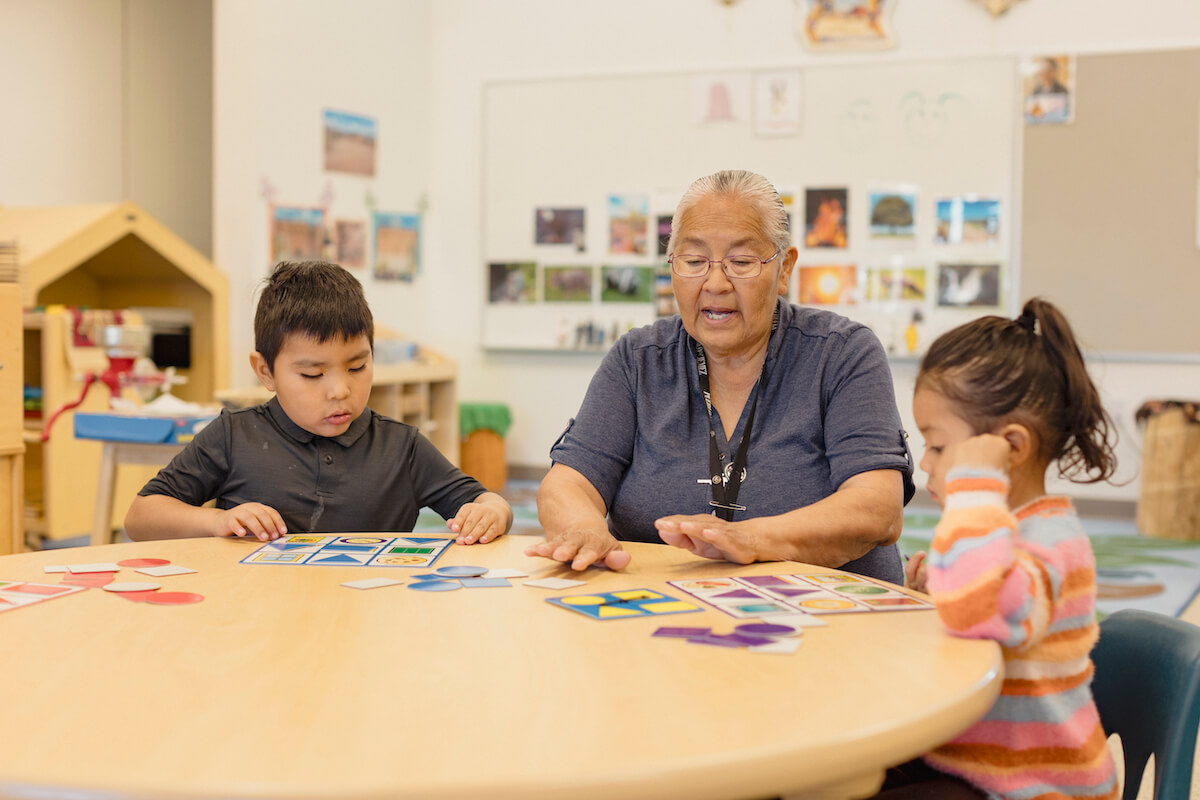Report on Juvenile Justice, Community Safety, and Sustainable Development Goals in Omaha
Introduction: A Case Study in Balancing Rehabilitation and Public Safety
- A case involving a 15-year-old male, previously adjudicated in juvenile court for a violent sex crime, has brought attention to the complexities of offender reintegration into the community.
- Following the completion of inpatient treatment, the juvenile’s return to an Omaha school has raised significant public concern regarding safety protocols and transparency.
- This situation serves as a critical examination of the Nebraska juvenile justice system’s alignment with key United Nations Sustainable Development Goals (SDGs), particularly those concerning justice, safety, education, and gender equality.
Alignment with SDG 16: Peace, Justice and Strong Institutions
The Role of the Juvenile Justice System (Target 16.3)
- Nebraska’s legal framework for juveniles prioritizes rehabilitation, granting second chances by protecting the identity of young offenders to prevent lifelong stigma and facilitate their return to society.
- This approach reflects the principles of restorative justice, aiming to build peaceful and just societies. However, it creates a conflict with public demands for transparency to ensure community safety.
- The system balances the juvenile’s right to rehabilitation with the imperative to ensure equal access to justice and safety for all citizens, a core tenet of SDG 16.
Institutional Mechanisms for Safety and Monitoring (Target 16.6)
- The Nebraska State Probation Administration, an institution central to this process, has affirmed that community safety is its utmost priority.
- Effective and accountable institutions are tasked with implementing “guardrails and safeguards” to manage the reintegration of violent juvenile offenders on a case-by-case basis.
- To mitigate risks, the court has imposed a comprehensive safety plan with several legally mandated restrictions.
- The individual is required to wear a GPS ankle monitor at all times.
- He must continue with therapeutic treatment as part of his rehabilitation.
- If utilizing school transportation, he is restricted to sitting in the first two rows.
- A strict curfew is enforced.
- All access to electronics and the internet must be directly supervised by an adult.
Addressing Violence and Ensuring Community Safety (Target 16.1)
- The case directly engages SDG Target 16.1, which aims to significantly reduce all forms of violence. Public outrage highlights community fear and the perceived risk of future violence.
- In response, a multi-agency monitoring strategy has been implemented, involving school principals, counselors, psychologists, teachers, and School Resource Officers who will be informed of the student’s past to enable proactive intervention.
- The individual remains on indefinite probation until the age of 19, ensuring long-term oversight by the justice system to protect the community.
Intersection with SDG 5 (Gender Equality) and SDG 4 (Quality Education)
Protecting Women and Girls from Violence (Target 5.2)
- The nature of the original crime—a sexual assault against a woman—frames the community’s concern through the lens of gender-based violence.
- Parental feedback explicitly voices fear for the safety of their daughters, underscoring the need to uphold SDG Target 5.2, which calls for the elimination of all forms of violence against women and girls.
- The probation and monitoring measures are critical tools in preventing future acts of gender-based violence and ensuring the safety of female students.
Ensuring Safe and Inclusive Learning Environments (Target 4.a)
- The reintegration challenges the school’s capacity to fulfill SDG Target 4.a, which advocates for safe, non-violent, and inclusive learning environments for all children.
- The legal requirement to protect the juvenile’s identity conflicts with some parents’ belief that full disclosure is necessary to ensure a safe school environment.
- The success of this reintegration hinges on the ability of informed school staff to maintain a secure educational setting for all students while facilitating the rehabilitation of one.
1. Which SDGs are addressed or connected to the issues highlighted in the article?
-
SDG 16: Peace, Justice and Strong Institutions
This goal is central to the article, which revolves around the juvenile justice system, crime, public safety, and the institutional response to a violent offense. The text details the functioning of Nebraska’s probation system, the role of the juvenile court, and the legal framework that balances rehabilitation for the young offender with the safety of the community. It discusses the “balancing act of what’s best for the young person — and what’s best for the community,” which is a core theme of SDG 16.
-
SDG 5: Gender Equality
This goal is relevant because the crime described is a violent sexual assault against a woman (“he raped a woman in the park”). The article highlights the specific fear of parents for their daughters’ safety, with one parent quoted as saying, “I don’t want my daughter anywhere near this kid at school.” This directly connects the issue to the broader goal of eliminating violence against women and girls and ensuring their safety in public spaces, including schools.
-
SDG 4: Quality Education
The article connects to this goal as the entire conflict is set against the backdrop of the offender’s return to school. The situation raises questions about ensuring a “safe, non-violent, inclusive and effective learning environment” for all students. The involvement of school staff—”the principal — counselors — psychologists, his teachers — the school resource officer”—is a key part of the management plan, demonstrating the school’s role in both the offender’s rehabilitation and the protection of the student body.
2. What specific targets under those SDGs can be identified based on the article’s content?
SDG 16: Peace, Justice and Strong Institutions
-
Target 16.1: Significantly reduce all forms of violence and related death rates everywhere.
The article addresses this target by focusing on the aftermath of a “brutal sex crime” and the measures being taken to prevent recidivism. The probation system’s monitoring, the court-imposed restrictions (ankle monitor, therapy, curfew), and the school’s intervention plan are all mechanisms aimed at reducing the likelihood of future violence by this individual.
-
Target 16.2: End abuse, exploitation, trafficking and all forms of violence against and torture of children.
While the perpetrator is a child, the community’s concern is for the protection of other children (students) from potential violence. The parents’ outrage and fear for their children’s safety at school directly relate to this target’s aim of ending violence against children. The protective measures are designed to safeguard the students at the school he will attend.
-
Target 16.3: Promote the rule of law at the national and international levels and ensure equal access to justice for all.
The article is a case study of the “rule of law” in action within the Nebraska juvenile justice system. It describes how the law provides “second chances” to young offenders through rehabilitation and sealed records, while also imposing strict monitoring and consequences for violations (“he’ll be ordered back to juvenile court to deal with it”). This demonstrates the specific legal process designed for juveniles.
SDG 5: Gender Equality
-
Target 5.2: Eliminate all forms of violence against all women and girls in the public and private spheres.
The crime that prompted the article was the rape of a woman in a public park. The community’s response, particularly from parents of daughters, underscores the fear of gender-based violence. The entire probation and monitoring plan is a direct response to a violent act against a woman, with the implicit goal of preventing similar acts in the future.
SDG 4: Quality Education
-
Target 4.a: Build and upgrade education facilities that are child, disability and gender-sensitive and provide safe, non-violent, inclusive and effective learning environments for all.
The core debate in the article is about maintaining a “safe, non-violent” learning environment. Parents question whether the school can remain safe with the presence of a student with a history of violent sexual crime. The school’s response, by looping in “the principal — counselors — psychologists, his teachers — the school resource officer,” is an attempt to create a managed and safe environment, which is the essence of this target.
3. Are there any indicators mentioned or implied in the article that can be used to measure progress towards the identified targets?
SDG 16: Peace, Justice and Strong Institutions
- Implied Indicator for Target 16.1: Recidivism rates for violent juvenile offenders. The success of the probation and rehabilitation program will be measured by whether the teen reoffends. The article states he is on “indefinite probation,” meaning he is monitored to prevent future violence.
- Mentioned Indicator for Target 16.3: The number of individuals processed and managed by the justice system. The article explicitly states that “probation is monitoring 2,327 young people,” providing a quantitative measure of the system’s scope.
SDG 5: Gender Equality
- Implied Indicator for Target 5.2: Prevalence of sexual violence in public spaces. The article is based on a specific incident of rape in a park, which is a data point for this indicator. The community’s reaction reflects public perception of safety and the risk of gender-based violence.
SDG 4: Quality Education
- Implied Indicator for Target 4.a: Existence of safety policies and intervention plans in schools for high-risk students. The article describes such a plan in detail: informing a wide range of school staff, continuous monitoring of the student’s behavior, and a clear protocol for intervention (“if something is going on regarding his behavior, they can intervene”). This serves as a qualitative indicator of a school’s effort to ensure safety.
4. Table of SDGs, Targets, and Indicators
| SDGs | Targets | Indicators Identified in Article |
|---|---|---|
| SDG 16: Peace, Justice and Strong Institutions | 16.1: Significantly reduce all forms of violence and related death rates everywhere. | Implied: Recidivism rates for violent juvenile offenders, measured by the success of the indefinite probation in preventing new crimes. |
| 16.2: End abuse, exploitation, trafficking and all forms of violence against and torture of children. | Implied: Effectiveness of school safety measures in protecting other students from potential violence. | |
| 16.3: Promote the rule of law… and ensure equal access to justice for all. | Mentioned: The number of young people being monitored by the state probation system (explicitly stated as 2,327). | |
| SDG 5: Gender Equality | 5.2: Eliminate all forms of violence against all women and girls in the public and private spheres. | Implied: Prevalence of sexual violence against women in public spaces (the article’s central crime of rape in a park is a case study). |
| SDG 4: Quality Education | 4.a: …provide safe, non-violent, inclusive and effective learning environments for all. | Implied: Existence of school safety and intervention plans for high-risk students (the article details the plan to inform the principal, counselors, teachers, and SRO). |
Source: wowt.com







